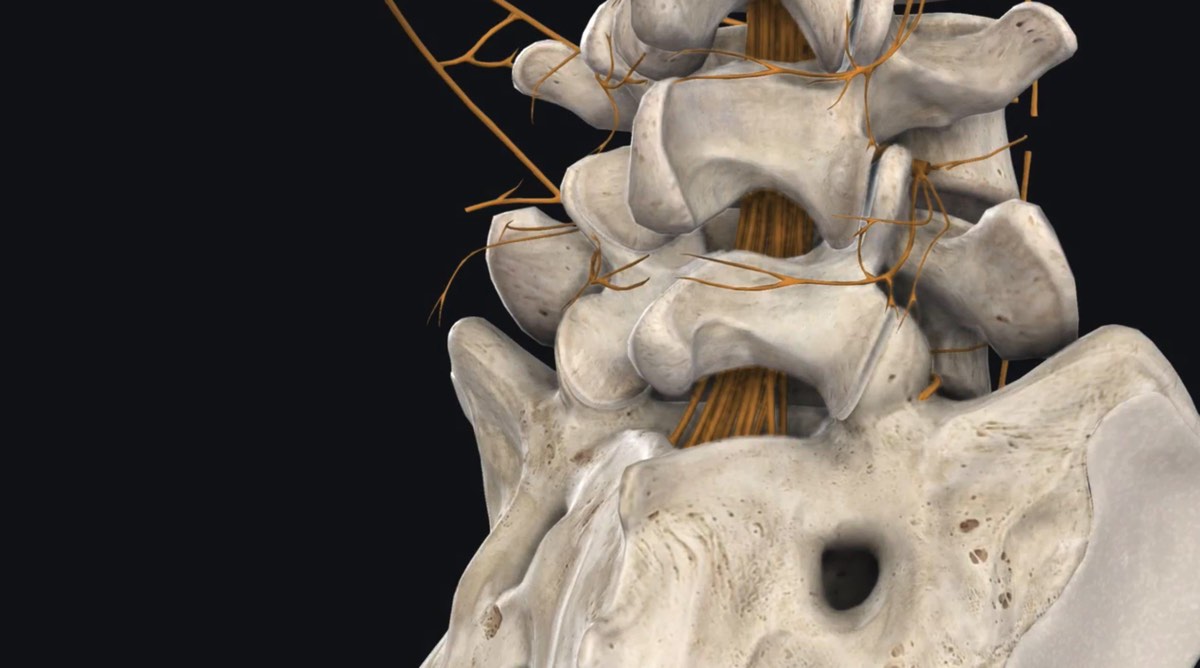NEW YORK (Reuters Health) – Using intra-arterial chemotherapy to treat retinoblastoma can produce a “dramatic response,” but also comes with the risk of both mild and severe side effects, the authors of new research report in Archives of Ophthalmology.
Those researchers, led by Dr. Carol Shields of the Wills Eye Institute in Philadelphia, performed IAC on 17 kids with retinoblastoma, age 4 to 74 months, and saw a complete response from the main tumor in 14 cases. And 10 of those kids who were followed for at least a year afterwards were all still tumor-free.
Catheterization was successful in all but one case. The final 16 eyes had a median retinoblastoma basal dimension of 20 mm, and a mean thickness of 9 mm. IAC was scheduled to be performed three times at monthly intervals, but researchers didn’t do additional chemotherapy cycles if tumors showed complete regression.
Chemotherapy was primary in 12 eyes, and in those, globe salvage was achieved in 8 eyes – including in all eyes that were classified as C or D by the International Classification of Retinoblastoma (scale: A to E; E most severe). Globe salvage was achieved in 2 of 4 eyes managed with IAC as secondary treatment. Main tumors regressed a median of 31% in basal dimension and 56% in thickness following chemotherapy.
Tumor recurrence occurred in 3 globes – once each in the form of a solid tumor, subretinal seeds, and vitreous or anterior chamber seeds. Enucleation was needed for 6 eyes, external beam radiotherapy twice and plaque radiotherapy once.
IAC has a number of advantages over other treatments for retinoblastoma, the authors note — namely its small chemotherapy dose, delivered in a single day, which minimizes toxic effects to the rest of the body while having a greater biological effect at the site.
However, Dr. Shields and her colleagues caution that the procedure is technically challenging, and that kids much be watched closely for serious side effects.
They noticed some mild, short-term side effects including eyelid edema (in 13 eyes at 1 month), blepharoptosis (10 eyes), and orbital congestion (12 eyes), which all resolved within 6 months.
More serious side effects included ophthalmic artery stenosis (3 permanent cases and 1 temporary case) and retinal artery occlusion (2 permanent, 1 temporary).
The authors recommend that any centers performing IAC should make sure to use fluorescein angiography to study ocular blood flow, as otherwise cases of choroidal atrophy may be overlooked. They diagnosed 5 cases in their patients.
“The implications of choroidal atrophy on ultimate visual acuity in children could be profound,” the authors noted. “However, it should be realized that most of these eyes would have otherwise been enucleated and had complete loss of vision.”
No cases of visible emboli in arteries, metastases, neurological defects, internal carotid or femoral artery occlusion, or stroke were observed.
Dr. Shield’s team concludes that “despite dramatic response of retinoblastoma to IAC, there is concern for toxic effects from both chemotherapy and radiotherapy exposure. With this in mind, we cautiously use IAC for retinoblastoma in selected cases.”
Arch Ophthalmol 2011.









